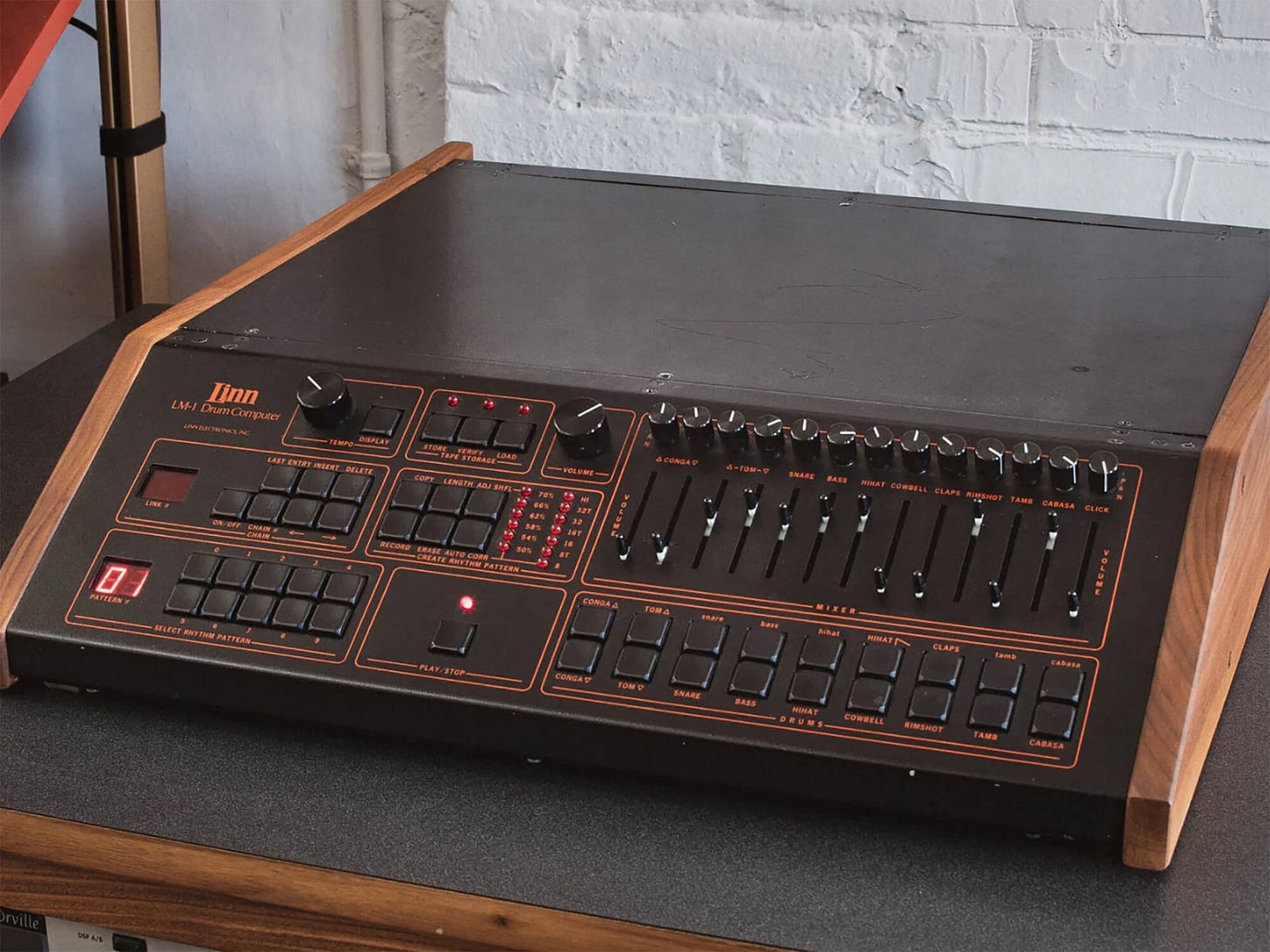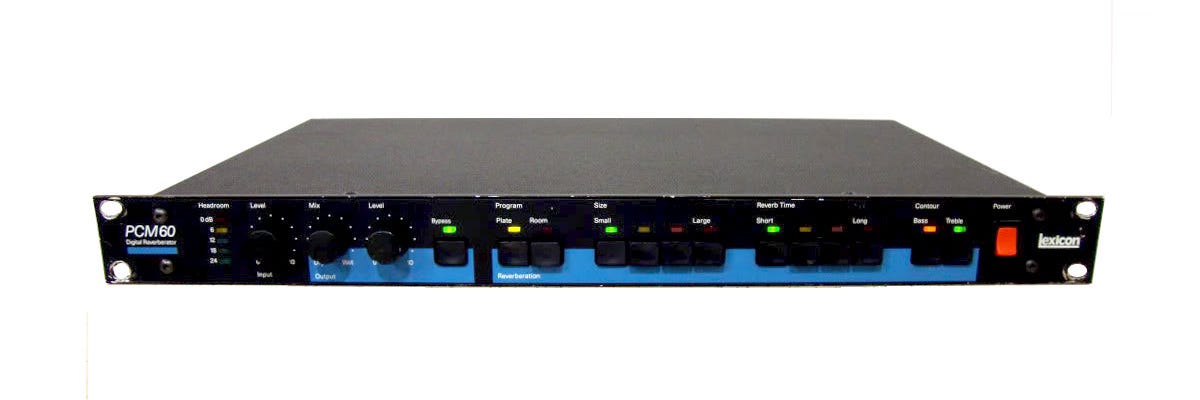Bobby Digital : The Producers Series
Tips, Techniques, Approach Gear and more
Bobby Digital: Reggae & Dancehall Visionary Producer
One of the core aspects of reggae is the upcycling of riddims—classics like Stalag 17, Queen Majesty, Cuss Cuss, and hundreds more—that echo through generations. But who are the people behind these iconic sounds that helped shape and push the genre forward? Bobby Digital was one such producer: a visionary who crafted some of the biggest hits of the late ’80s and ’90s.
I’d already been deep into reggae and had come through the mid-’80s digital dancehall explosion, and the riddims he built kept the momentum alive—delivering fresh, unforgettable hits with artists like Shabba Ranks, Cocoa Tea, Richie Spice, Garnett Silk, and Sizzla. His label, Digital B, became a cornerstone of modern reggae and dancehall, fusing clean digital production with roots, culture, and crossover appeal.
Overview
Real Name: Robert Dixon Born: 1961, Kingston, Jamaica Died: May 21, 2020 (age 59)
Bobby Digital was a legendary Jamaican producer, engineer, and studio owner whose innovations helped shape the sound of modern reggae and dancehall from the mid-1980s onward. Known for blending rich melodies with crisp digital rhythms, he became a defining figure during a time when the genre was transitioning from analog warmth to digital precision.
Born Robert Dixon, he earned the nickname “Digital” from his early fascination with emerging production technology. He began his career at King Jammy’s studio in Waterhouse, Kingston, during the digital revolution sparked by riddims like Sleng Teng. Under Jammy’s mentorship, Bobby learned to combine the foundational techniques of analog recording with the possibilities of the digital age.
In 1988, he launched his own label and studio, Digital B, which quickly rose to prominence as one of Jamaica’s most influential production houses. His sound was distinct—clean, punchy, and often more melodic than his peers, with a strong focus on vocal clarity and emotional delivery. Bobby’s riddims became staples of the 90s reggae and dancehall landscape, many of which are still versioned today.
Beyond the beats, Bobby had a reputation for working closely with artists in the studio, often acting as a mentor, arranger, and guide—bringing out the best performances and shaping songs that resonated both locally and internationally. His label also played a vital role in distributing reggae globally, especially through partnerships with VP Records.
Bobby Digital passed away in 2020, but his influence remains deeply embedded in the DNA of modern reggae and dancehall. His catalog stands as a testament to his musical intuition, technical skill, and deep respect for the culture he helped elevate.
Early History & Start in Music
In the early 1980s, Bobby Digital got his start at King Jammy’s studio in Waterhouse, Kingston—right as reggae was undergoing a massive shift. The scene was buzzing with the transition from analog to digital, with groundbreaking tracks like “Sleng Teng” signaling a new era. Working closely with King Jammy, Bobby soaked up everything—learning the ropes of engineering and production while bridging the old-school warmth of analog with the sharp, clean possibilities of digital. His deep curiosity for this emerging technology earned him the nickname “Digital”—a title that would stick, and one that perfectly captured his forward-thinking spirit as reggae entered its next chapter.
Gear & Equipment Bobby Digital Used
1. Digital Audio Workstations (DAWs)
Atari 1040 ST with Cubase (early sequencing): Used for MIDI sequencing in the 80s and early 90s.
Later moved to digital audio workstations (DAWs) – possibly Pro Tools, Logic, or other platforms by the 2000s.
2. Drum Machines & Sequencers
Roland TR-808 & TR-909 : Punchy kicks and snares typical in early dancehall.
LinnDrum : Key to the 'Dem Bow' and digital riddim era.
Akai MPC Series (MPC60, MPC2000) Used for sampling, sequencing, and programming drum patterns.
3. Synths & Keyboards
Casio CZ Series & Yamaha DX7: Digital synths used for bass, leads, pads.
Korg M1: Popular for lush pads, pianos, and leads in reggae and dancehall.
Roland Juno-106: Used for basslines, stabs, and effects.
4. Mixing Console
Soundcraft or Mackie analog mixing boards
5. Effects & Outboard Gear
Reverbs: Lexicon units (like Lexicon PCM 60/70), Alesis Midiverb
Delays: Roland Space Echo (RE-201), Korg SDD-1000 Digital Delay
Spring Reverb Units: For that classic dub feel
Compressors: DBX 160, Alesis 3630, and other rack compressors
6. Samplers
Akai S900 / S950 / S1000: For vocal chops, FX, and instrument stabs.
Production Approach & Workflow
1. Custom-Built Riddims (Instrumentals)
Bobby would build riddims from scratch, often with digital drums and keyboard melodies.
Tailored each riddim to the artist's vocal tone, message, and delivery.
Example: “Dem Bow” riddim, created for Shabba Ranks, became a global rhythm template.
2. Layered, Clean, Punchy Mixes
Sharp, dry snares with digital clarity
Deep, rounded basslines that held the groove
Smooth pads or synths to add soul or atmosphere
3. Focus on Melody + Message
Unlike some hardcore producers, Bobby focused on melodic hooks and conscious lyrics.
He often encouraged artists to write uplifting, spiritual, or romantic lyrics rather than just slackness or violence.
4. Hands-On with Artists
Worked closely with vocalists in the booth.
Gave direction and feedback on delivery, not just technical settings.
Created a comfortable space for artists to shine.
5. Minimalism with Emotion
Kept arrangements tight: drum, bass, keys, one or two FX – but ensured they hit hard.
Let the vocals and message carry the song.
Notable Rhythms He Built
Dem Bow Riddim – Became the foundation of reggaeton
Just Reality Riddim – Shabba Ranks anthem
Punanny Riddim – Revived and reshaped by Digital B








